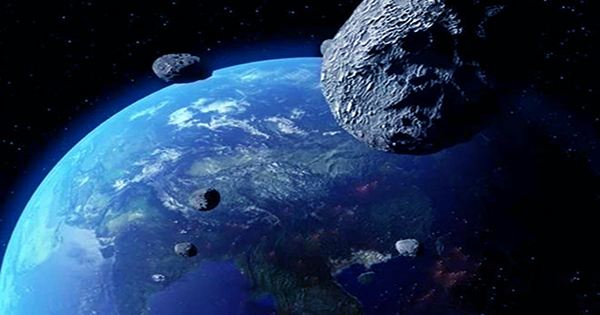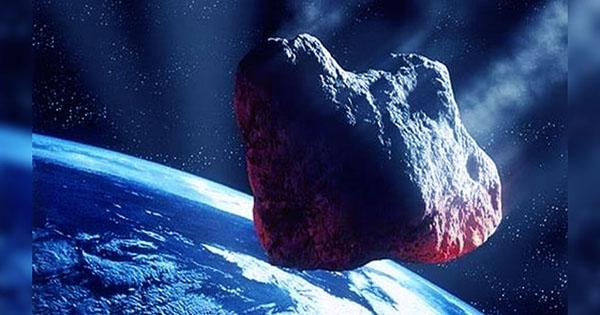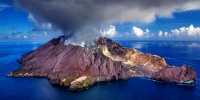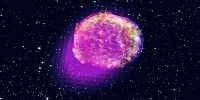The asteroid 2001 FO32 is a huge space rock. It discovered 20 years ago and it occasionally comes close to our planet. This is happening again on Sunday, March 21, after the asteroid passed a very safe distance of 2 million kilometers (1.25 million miles) from Earth.
It will be the largest asteroid flyby of 2021. Estimated to be between 2001 FO32 440 and 680 meters (1,300 to 2,230 feet), this flyby is the closest thing to this object to our planet, so scientists are planning to learn about this rock when it is beautiful and close to us.
“We know the orbit of the 2001 FO32 around the Sun very accurately because it was discovered 20 years ago and has been tracked ever since,” Paul Chodas, director of the Center for Near Earth Object Studies, said in a statement. “Asteroids are unlikely to get any closer to Earth than 1.25 million miles.” Two better types of investigations will conducted better understand asteroids 2001 FO32. Radar observations will provide a better understanding of the shape and size of the asteroid. It will operate the Deep Space Network, whose radio stations are located in California, Spain and Australia.

It will hopeful limit its dimensions, execute a rotation rate, and perhaps highlight some surface features or perhaps even small satellites. Lance Benner, JPL’s chief scientist, added, “Observations from 20 years ago show that about 15% of asteroids around the Earth have a smaller moon than the size of the 2001-FO32,” adding Lance Benner, JPL’s chief scientist. “Very little is known about this object at the moment, so a very close encounter gives us an outstanding opportunity to learn something great about this asteroid.”
The second probe will use NASA’s Infrared Telescope facility (IRTF) to study the asteroid’s infrared properties. Light from the sun is partially dry and partly reflected by the body of the tiny sky. By studying this reflected light, scientists can guess what the asteroid made of. “We are trying to do geology with a telescope,” explained Vishnu Reddy, a professor at the University of Planetary Laboratories in Chandra and Tucson, Arizona.
“We are going to use IRTF to get infrared spectrum to see the chemical makeup. Once we know this, we can compare it to the Earth’s meteorites to find out what minerals are in the 2001 FO32.” The asteroid is too ignorant to be visible to your eyes alone, but you may be able to catch it if you have a small telescope, especially if you are in the Southern Hemisphere.
The next closest passage after 2001 FO32 will be at 2052 where it will be a little farther than this time. Although near-Earth objects are at risk, more than 95% of all objects larger than the 2001 FO32 have found, and none of these poses a threat to Earth in the next century.
















